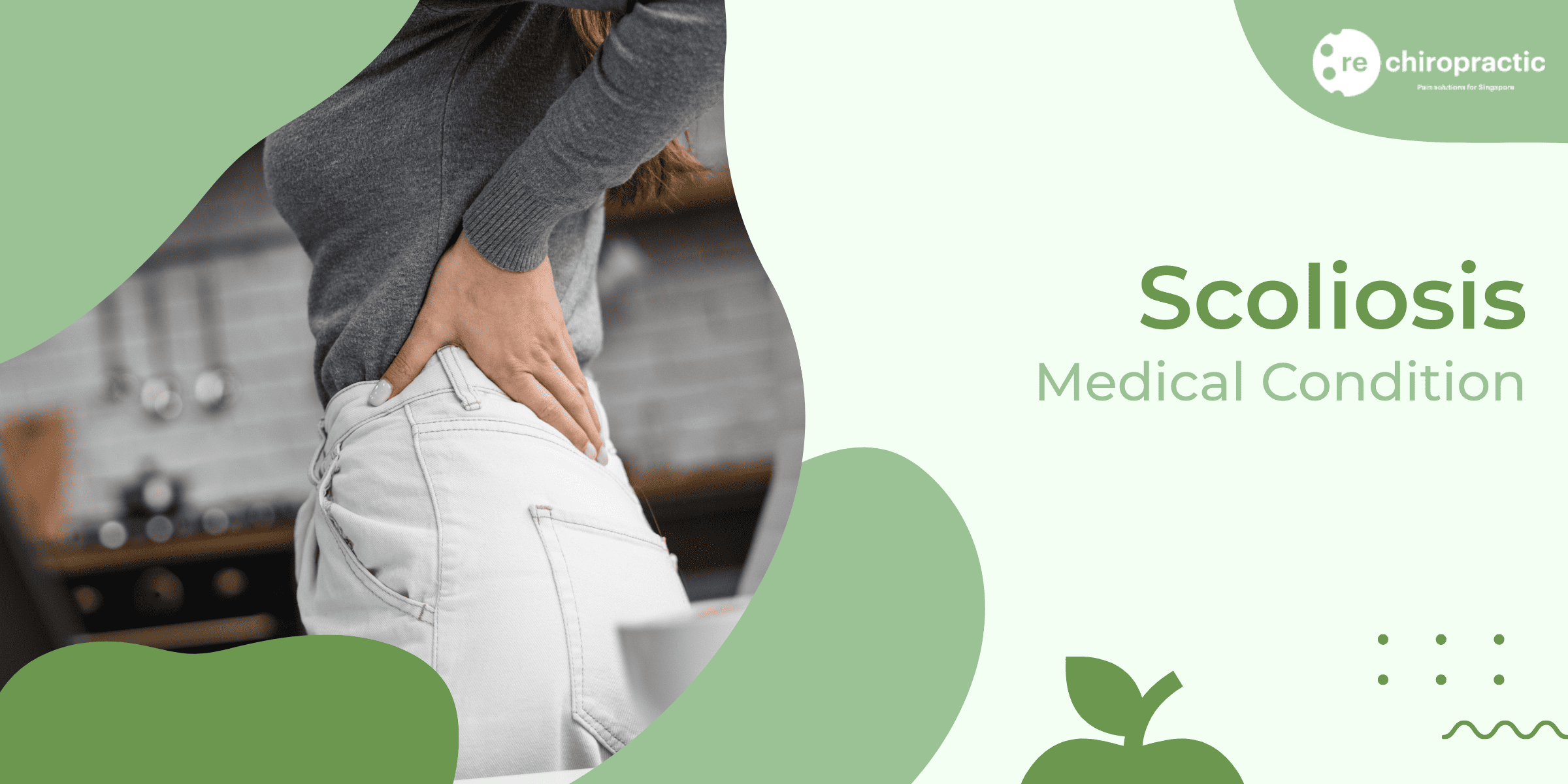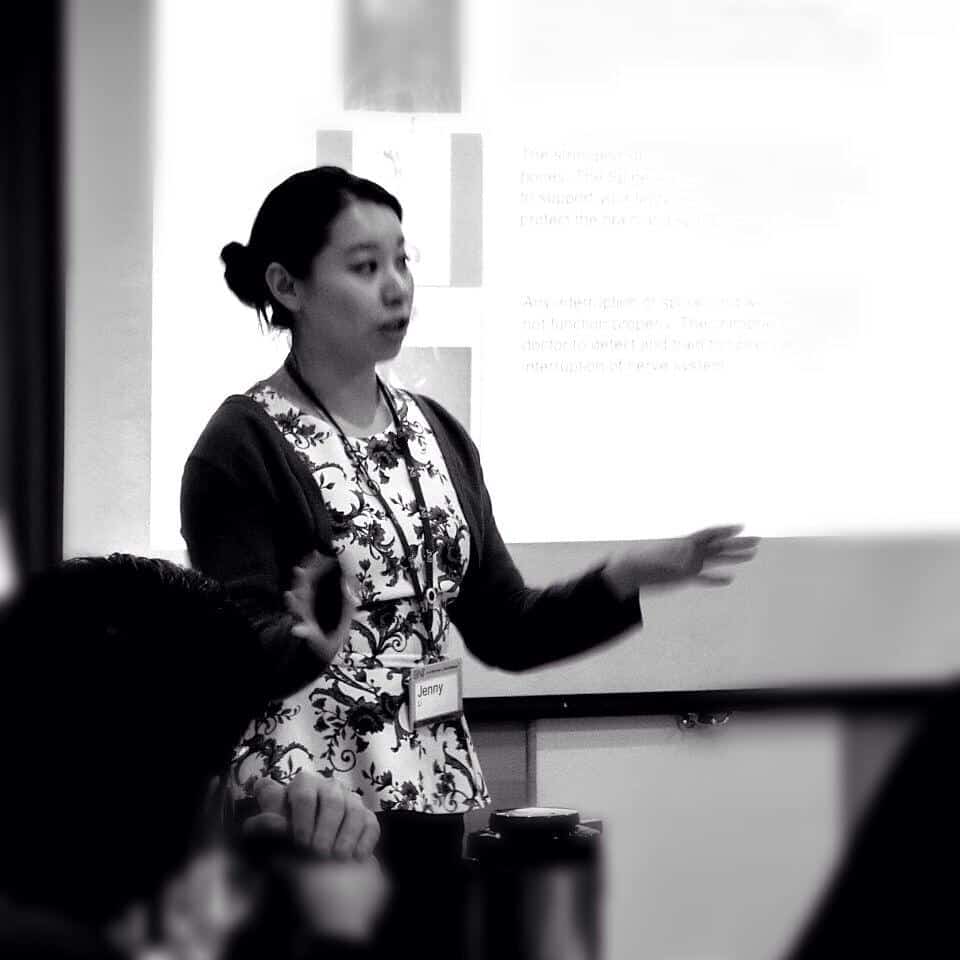
Scoliosis: Understanding the Curvature of the Spine
Scoliosis is a medical condition characterized by an abnormal curvature of the spine. The word “scoliosis” originates from the Greek word “skolios,” meaning crooked. While a straight spine naturally has slight curves, scoliosis refers to an excessive sideways curvature that can occur in any part of the spine, including the lower back (lumbar), mid-back (thoracic), or upper back (cervical).
Individuals with scoliosis often have a spine that resembles the shape of an “S” or a “C.” This condition can affect people of all ages, but it typically develops during adolescence, when growth spurts occur. In some cases, scoliosis can progress and lead to pain, discomfort, and postural abnormalities, affecting an individual’s overall quality of life.
There are two main types of scoliosis: structural and nonstructural. Structural scoliosis involves a fixed curvature of the spine caused by bone abnormalities, while nonstructural scoliosis is a temporary curvature that can be corrected by addressing the underlying cause, such as muscle imbalances or differences in leg length.
It is important to note that scoliosis is not caused by poor posture, carrying heavy backpacks, or participating in sports. While the exact cause of scoliosis is often unknown, it is believed to be influenced by various factors, including genetics, neuromuscular conditions, and certain birth defects.
Understanding the basics of scoliosis is crucial in order to seek appropriate treatment and support. By exploring the symptoms, causes, and potential treatment options, individuals with scoliosis can make informed decisions about managing their condition and improving their overall well-being.
Symptoms & Different Stages of Scoliosis
Scoliosis can occur in individuals of all ages, but it is most commonly diagnosed during adolescence. The severity of scoliosis can vary, ranging from mild to severe, and it can progress over time if left untreated. Here, we will discuss the symptoms and different stages of scoliosis.
- Mild scoliosis: In its early stages, scoliosis may not cause noticeable symptoms. However, some individuals may experience mild back pain, fatigue, or discomfort.
- Moderate scoliosis: As scoliosis progresses, the curvature of the spine becomes more pronounced. This can lead to visible signs, such as uneven shoulder or hip levels, asymmetrical waistline, or a prominent shoulder blade. In addition to these physical changes, individuals with moderate scoliosis may experience increased back pain, muscle stiffness, and limited mobility.
- Severe scoliosis: In advanced stages, scoliosis can significantly impact a person’s quality of life. The curvature of the spine becomes more severe, causing noticeable deformities and postural changes. Individuals with severe scoliosis may experience chronic pain, difficulty breathing, reduced lung capacity, and decreased physical function.
It is important to note that scoliosis is a progressive condition, meaning it can worsen over time. Therefore, early detection and intervention are crucial in managing the condition effectively.
If you or your loved one is experiencing any of the symptoms mentioned above or suspect scoliosis, it is advisable to consult a healthcare professional. They can conduct a thorough examination, including physical assessments and imaging tests, to determine the severity of the condition. Only a qualified healthcare provider can accurately diagnose scoliosis and recommend appropriate treatment options.
Most Common Causes of Scoliosis
While the exact cause of scoliosis is often unknown, there are certain factors that have been identified as potential contributors to the development of this condition. Here are some of the most common causes of scoliosis:
- Idiopathic scoliosis: This is the most common type of scoliosis, accounting for approximately 80% of cases. Idiopathic scoliosis refers to cases where the cause of the spinal curvature is unknown. It typically develops during adolescence and is more common in girls than boys.
- Congenital scoliosis: This type of scoliosis is present at birth and is caused by abnormal spinal development in the womb. It occurs due to a malformation of the vertebrae or other spinal structures.
- Neuromuscular scoliosis: This type of scoliosis is associated with underlying neuromuscular conditions such as cerebral palsy, muscular dystrophy, or spinal cord injury. The abnormal muscle control and weakness associated with these conditions can lead to an imbalance in the muscles supporting the spine, resulting in scoliosis.
- Degenerative scoliosis: Also known as adult-onset scoliosis, this type of scoliosis occurs later in life due to the degeneration of the spinal discs and joints. It is more commonly seen in older individuals and is often associated with conditions such as osteoarthritis or osteoporosis.
It’s important to note that scoliosis can also be caused by other factors such as spinal infections, tumors, or certain connective tissue disorders. However, these causes are relatively rare compared to the ones mentioned above.
How Bad Can Scoliosis Get?
If left untreated or allowed to progress, scoliosis can have significant effects on an individual’s health and quality of life. The severity of the condition can vary depending on factors such as the degree of spinal curvature, the age at which it develops, and the underlying cause.
- Mild scoliosis: In the early stages, scoliosis may cause minimal discomfort and may go unnoticed. However, if left untreated, the curvature of the spine can worsen over time.
- Moderate scoliosis: As scoliosis progresses, individuals may experience noticeable changes in their appearance, such as uneven shoulders or hips. They may also start to experience back pain, muscle fatigue, and stiffness.
- Severe scoliosis: In advanced stages, scoliosis can lead to severe spinal deformities, such as a hunchback appearance or a noticeable sideways curvature of the spine. This can result in significant physical limitations, difficulty breathing, and reduced lung capacity.
Furthermore, scoliosis can impact an individual’s emotional well-being and self-esteem, especially in adolescents who may feel self-conscious about their appearance. It can also affect their ability to participate in physical activities and lead an active lifestyle.
Chiropractic for Scoliosis
Chiropractic care can play a significant role in managing scoliosis, a condition characterized by an abnormal curvature of the spine. While chiropractic treatment cannot reverse the curvature, it can help alleviate pain, improve mobility, and enhance overall quality of life for individuals with scoliosis. Here are some ways in which chiropractic care can assist:
- Spinal adjustments: Chiropractors use gentle manipulation techniques to adjust the spine, which can help improve spinal alignment and reduce the severity of the curvature. By restoring proper alignment and mobility, chiropractic adjustments can alleviate discomfort and enhance the functioning of the nervous system.
- Postural exercises: Chiropractors may prescribe specific exercises to strengthen the muscles supporting the spine and improve posture. These exercises can help stabilize the spine and reduce the progression of the curvature.
- Stretching and flexibility exercises: Chiropractors may recommend stretching and flexibility exercises to improve range of motion and prevent muscle imbalances. These exercises can help reduce muscle tension and improve overall spinal health.
- Bracing: In some cases, chiropractors may suggest the use of braces to support the spine and slow down the progression of the curvature, particularly in children and adolescents.
- Lifestyle modifications: Chiropractors can provide guidance on ergonomics, posture correction, and lifestyle modifications to minimize stress on the spine and improve overall spinal health.
It is important to note that the effectiveness of chiropractic care for scoliosis may vary depending on the severity of the condition and individual factors. Chiropractic treatment should be integrated as part of a comprehensive approach that may include other healthcare professionals, such as orthopedic specialists or physical therapists.
Self Help & Relief for Scoliosis
- Posture Awareness: One of the most important self-help methods for managing scoliosis is maintaining proper posture. This involves being mindful of your body alignment throughout the day, especially when sitting or standing for long periods. Sit up straight, avoid slouching, and distribute your weight evenly on both feet.
- Exercise: Engaging in regular exercise can help strengthen the muscles surrounding the spine, which can provide support and stability. Low-impact exercises such as swimming, walking, and yoga are particularly beneficial for individuals with scoliosis. It is important to consult with a chiropractor or physical therapist to determine the most appropriate exercises for your specific condition.
- Stretching: Stretching exercises can help improve flexibility and alleviate muscle tension associated with scoliosis. Focus on stretches that target the back, neck, and hips. Gentle stretching should be performed regularly, but be cautious not to overstretch or strain the muscles.
- Heat and Cold Therapy: Applying heat or cold to the affected area can help reduce pain and inflammation associated with scoliosis. Heat therapy can relax tense muscles, while cold therapy can numb the area and reduce swelling. Use a heating pad or ice pack for 15-20 minutes at a time, making sure to protect your skin from direct contact.
- Ergonomic Modifications: Making ergonomic adjustments to your workspace and daily activities can help alleviate discomfort caused by scoliosis. Ensure that your chair provides proper lumbar support, use a standing desk if possible, and avoid carrying heavy bags on one shoulder.
- Stress Management: Stress can exacerbate pain and discomfort associated with scoliosis. Engaging in stress-reducing activities such as meditation, deep breathing exercises, or hobbies can help manage pain levels and improve overall well-being.
- Supportive Pillows and Mattresses: Investing in supportive pillows and mattresses can help maintain proper spinal alignment during sleep. Look for pillows that provide adequate neck support and mattresses that offer proper back support.
While these self-help methods can provide some relief for individuals with scoliosis, it is important to remember that they may not address the underlying cause of the condition. It is recommended to consult with a chiropractor or healthcare professional for a comprehensive evaluation and personalized treatment plan.
When to Seek Medical Help for Scoliosis
If you or a loved one is experiencing symptoms of scoliosis, it is crucial to seek medical help as soon as possible. While mild cases of scoliosis may not require immediate treatment, it is important to have a professional evaluation to determine the severity of the condition and the appropriate course of action.
Living with scoliosis can be challenging, both physically and emotionally. It is not something you have to endure alone or simply accept as a part of life. Seeking medical professionals, particularly chiropractors who specialize in spinal health, can provide you with the guidance and support you need to manage your condition effectively.
Chiropractors are experts in diagnosing and treating musculoskeletal conditions, including scoliosis. They will conduct a thorough examination to assess the degree of curvature and identify any underlying causes. Based on their findings, they will develop a personalized treatment plan tailored to your specific needs.
Early intervention is key when it comes to scoliosis. Chiropractic care can help slow down the progression of the condition, alleviate pain, and improve overall spinal health. Through a combination of spinal adjustments, exercises, and postural correction techniques, chiropractors can help restore proper alignment and function to your spine.
Remember, living with scoliosis does not mean resigning yourself to a life of pain and discomfort. Seeking professional help is the first step towards finding relief and improving your quality of life. Don’t hesitate to reach out to a chiropractic health expert who can provide the care and support you need on your journey to better spinal health.

Dr. Jenny Li is America trained chiropractor who specialises in sports injury, sports performance, and spinal health. She graduated from Palmer College of Chiropractic in United States, upon completion of the her post graduate program she practiced in Hong Kong and currently is practicing in Singapore.

